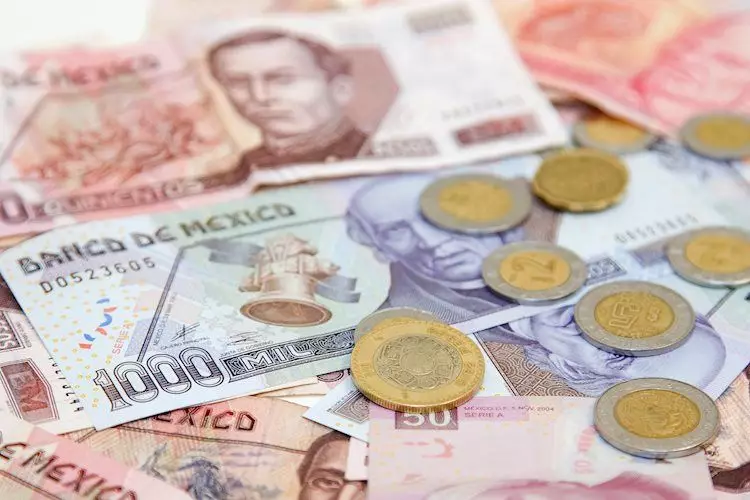The recent surprising decision by Mexico’s central bank, Banxico, to lower interest rates by 25 basis points in a 3-2 split decision has left many market participants scratching their heads. Despite concerns over rising inflation and stagnating economic growth, Banxico signaled its intention to implement further easing measures in the near future. This move has created uncertainty among investors and analysts alike, as the central bank’s decision-making process appears to be at odds with prevailing economic conditions.
One of the key factors driving Banxico’s decision to lower interest rates is the continued decline in core inflation. Projections indicate that core inflation is expected to dip below 4% by the fourth quarter of 2024, with a target of reaching the 3% threshold by the end of 2025. However, recent data shows that Mexico’s inflation rate rose by 1.05% month-over-month, exceeding estimates and raising concerns about the future trajectory of prices. Additionally, Mexico’s industrial production has experienced a decline, signaling further challenges for the country’s economic growth prospects.
Despite these concerns, the Mexican Peso has seen an increase in demand following Banxico’s decision to lower interest rates. The USD/MXN pair extended its losses to a six-day low of 18.76, indicating a positive market response to the central bank’s announcement. However, the pair remains upwardly biased, with resistance levels at 19.50 and 20.00 posing potential challenges for further appreciation of the Peso. While momentum currently supports the Peso’s recovery, uncertainties remain about the sustainability of this trend in the face of lingering economic challenges.
The value of the Mexican Peso is influenced by a variety of factors, including the performance of the Mexican economy, Banxico’s policy decisions, levels of foreign investment, and remittance flows from Mexicans living abroad. Geopolitical trends, such as nearshoring activities and oil prices, also play a role in determining the Peso’s valuation. As an emerging-market currency, the Mexican Peso tends to perform well during risk-on periods when market sentiment is positive. However, during times of market turbulence or economic uncertainty, the Peso may weaken as investors seek safer assets.
The recent actions taken by Banxico have created a sense of uncertainty in the market regarding the future trajectory of the Mexican Peso. While the central bank’s decision to lower interest rates may have initially boosted demand for the Peso, concerns about inflation and economic growth persist. It is essential for investors to closely monitor macroeconomic data releases and geopolitical developments that may impact the Peso’s valuation in the coming months. As Mexico continues to navigate these challenges, the Mexican Peso’s resilience will be put to the test in the face of evolving economic conditions.

